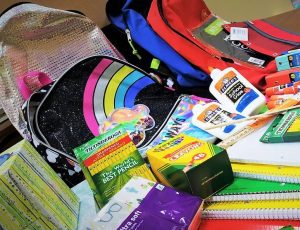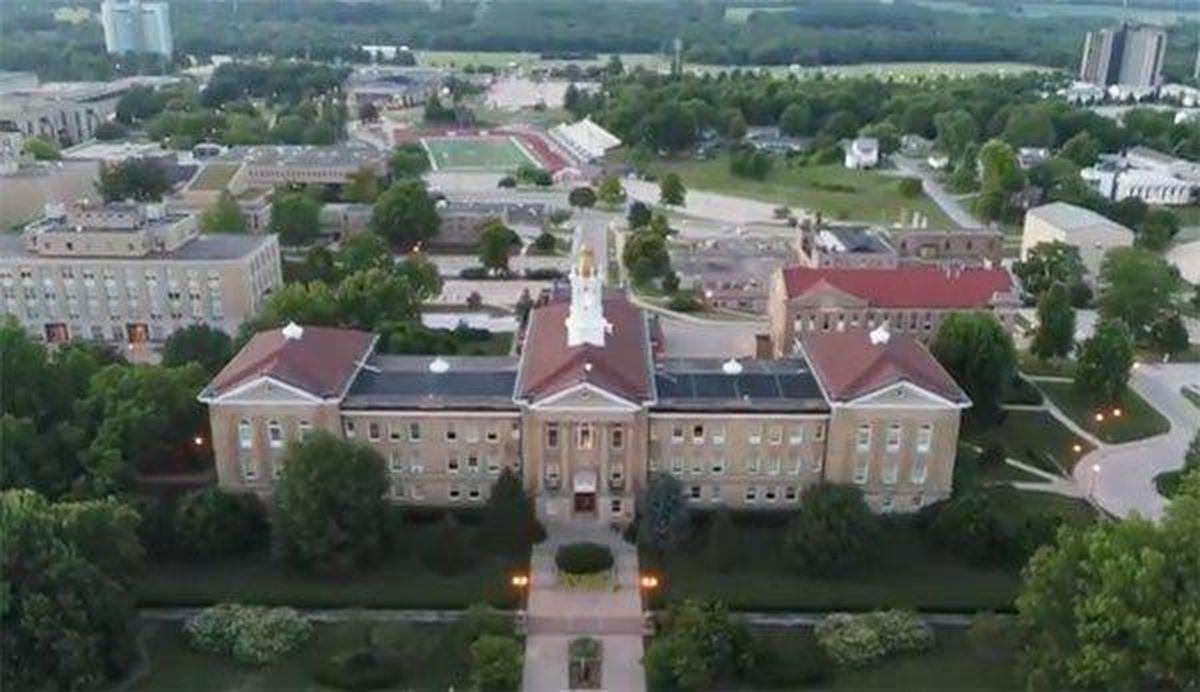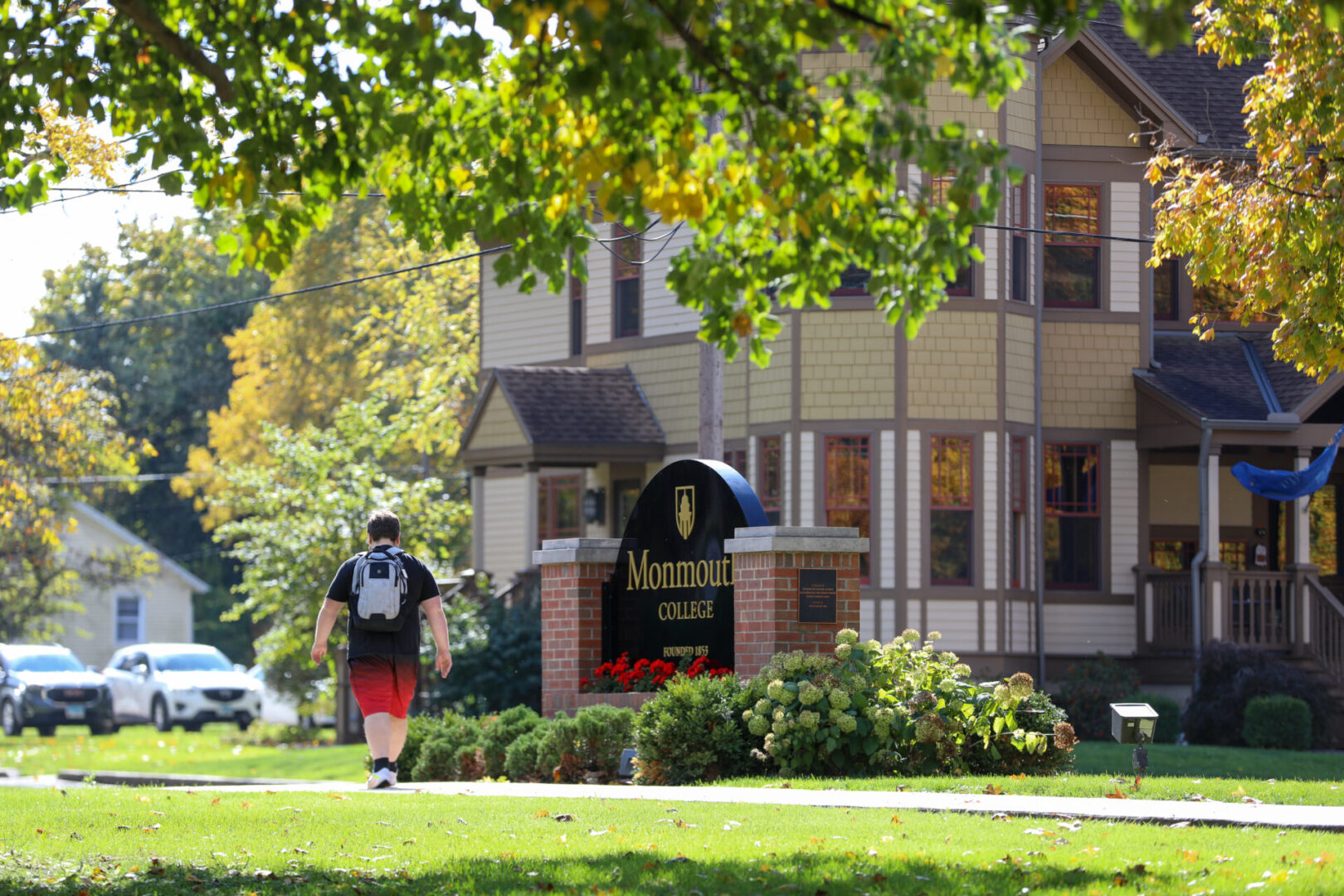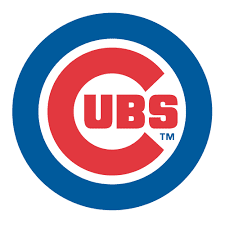- Illinois Fire Departments responded to nearly 9,000 carbon monoxide incidents in 2018
- Springfield, Ill- Cold temperatures mean Illinoisans will be turning up their thermostats to stay warm this winter. The Office of the State Fire Marshal encourages residents to have their furnaces checked and to make sure carbon monoxide (CO) and smoke detectors are working.According to the National Fire Protection Association, heating equipment is a leading cause of fires in U.S. Homes. Local fire departments responded to an average of 52,050 fires involving heating equipment each year in 2012-2016, accounting for 15% of all reported home fires during that time. Annually, these fire lead to the loss of 490 civilians’ lives, 1,400 civilian injuries and account for around $1 Billion in direct property damage. Half of home heating fires are reported during the months of December, January and February. Fossil fuels like natural gas are used to heat a vast majority of Illinois homes, and malfunctioning heating equipment leads to accidental carbon monoxide deaths. These can include your home’s furnace, improperly vented gas appliances, kerosene or propane space heaters, charcoal grills and Sterno-type fuels. “Carbon Monoxide is a colorless and odorless gas which means it’s important that you install and maintain CO alarms in your home,” says State Fire Marshal Matt Perez. “Carbon monoxide fatalities rise during the winter months and these alarms, when working, will give you a warning and let you know to leave your home when levels are too high. Never use a gas generator, grill, oven or range to heat the inside of your home.”In 2018 according to National Fire Incident Reporting System (NFIRS), Illinois Fire Departments responded to 8,965 incidents related to carbon monoxide. Symptoms of CO poising are very similar to the flu and include headache, fatigue, shortness of breath, nausea and dizziness. Other signs of possible CO presence include condensation on walls and windows, house pets becoming sluggish and chronic odors from malfunctioning appliances. If you suspect you may be experiencing these symptoms, smell natural gas leaking in your home, or if your CO alarm activates, if you can evacuate the building, do so immediately. Only open windows on your way out if they are easily accessible. If someone is unable to leave the building, or is unconscious, open doors and windows to the outside in the area the person is located and stay as near to the open window or door as possible until first responders arrive. Close any doors that open to other areas of the building to isolate the room the person is in. Turn on any exhaust fans that may be present. Once you evacuate, then call 9-1-1 from outside your home or a neighbor’s house. Space heaters lead to countless fires due to improper use during the winter months. It’s important to plug space heaters directly into wall outlets and not extension cords. Keep space heaters at least three feet from curtains, clothing, furniture or bedding. Purchase units with an automatic shutoff in case the unit tips over or you forget to shut it off. Here are some tips to keep in mind when it comes to winter heating safety:• Have heating equipment and chimneys cleaned and inspected every year by a qualified professional; change furnace filters frequently.
• Have a qualified professional install stationary space heating equipment, water heaters or central heating equipment according to the local codes and manufacturers’ instructions.
• Keep interior and exterior air vents clear of blockages or obstructions.
• Keep anything that can burn at least three-feet away from heating equipment, like a furnace, fireplace, wood stove, or portable space heater.
• Make sure the fireplace has a sturdy screen to stop sparks from flying into the room. Ashes should be cool before being placed into a metal container. Keep the container a safe distance away from your home.
• Create a three-foot “kid-free zone” around open fires and space heaters.
• Test smoke and CO alarms at least once a month and be familiar with the sounds they make.
• Never use an oven or range to heat your home.
• Remember to turn off portable or space heaters when leaving the room or going to bed.
• Install carbon monoxide and smoke detectors on each floor of your home and within 15 feet of each sleeping area.
• CO detectors have a limited life span, check the manufacturer’s instructions for information on replacement.- Keep your Family Safe from Carbon Monoxide this Winter This e-mail is a service of the State of Illinois. If you have any questions about this e-mail or the attached document, please contact the Illinois Office of Communication and Information (IOCI), 120 W. Jefferson, 3rd floor, Springfield, Illinois 62702, (217)782-2801.Copyright © 2015 State of Illinois (www.illinois.gov)SUBSCRIPTION INFORMATION:
To change, update or cancel your subscription please use the following link: Unsubscribe.Due to the nature of the Internet the State of Illinois does not guarantee the accuracy or timeliness of the distribution of IIS News alerts. For the most up-to-date information please refer to the State of Illinois web site www.illinois.gov.
- Keep your Family Safe from Carbon Monoxide this Winter This e-mail is a service of the State of Illinois. If you have any questions about this e-mail or the attached document, please contact the Illinois Office of Communication and Information (IOCI), 120 W. Jefferson, 3rd floor, Springfield, Illinois 62702, (217)782-2801.Copyright © 2015 State of Illinois (www.illinois.gov)SUBSCRIPTION INFORMATION:

















